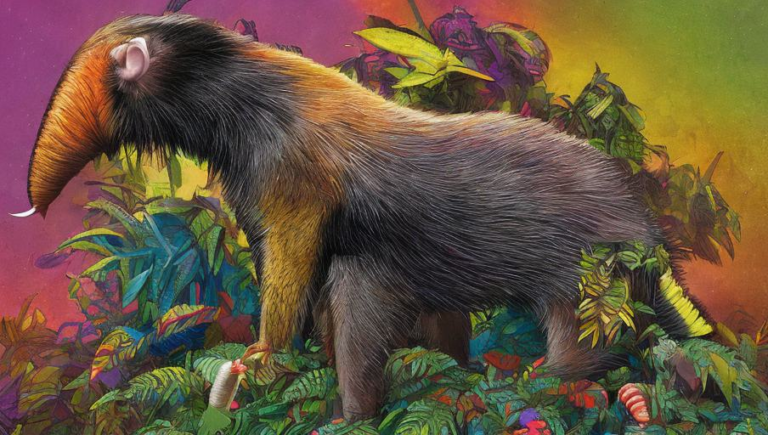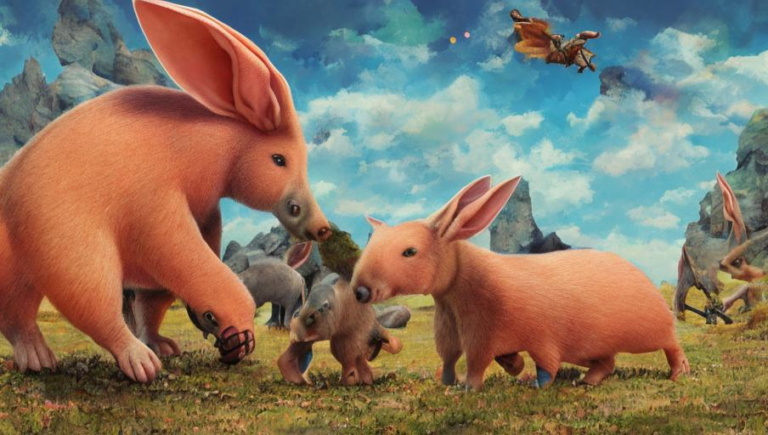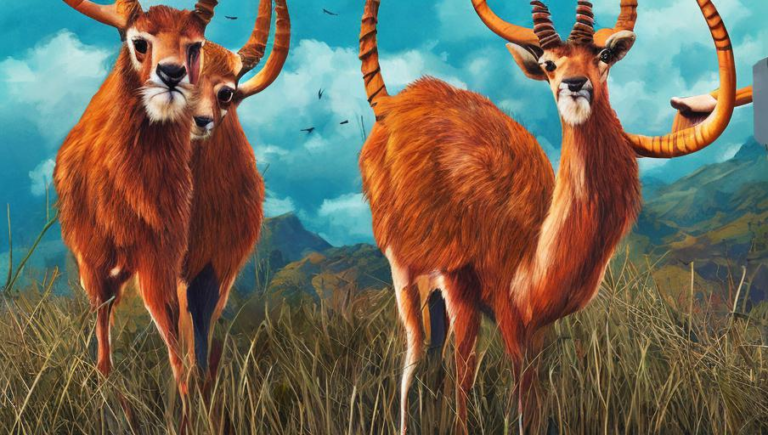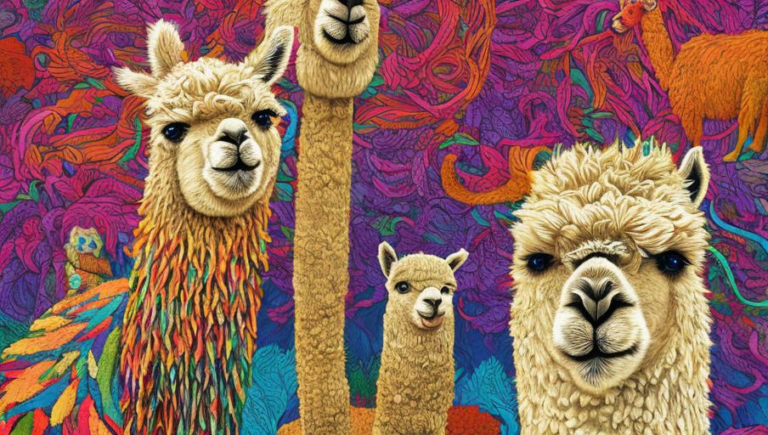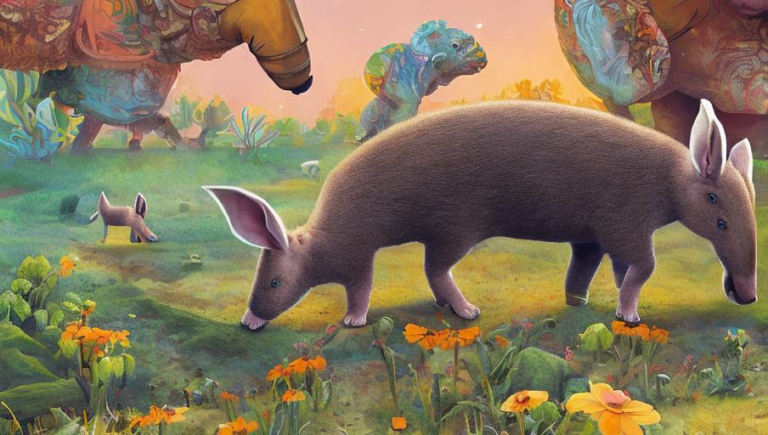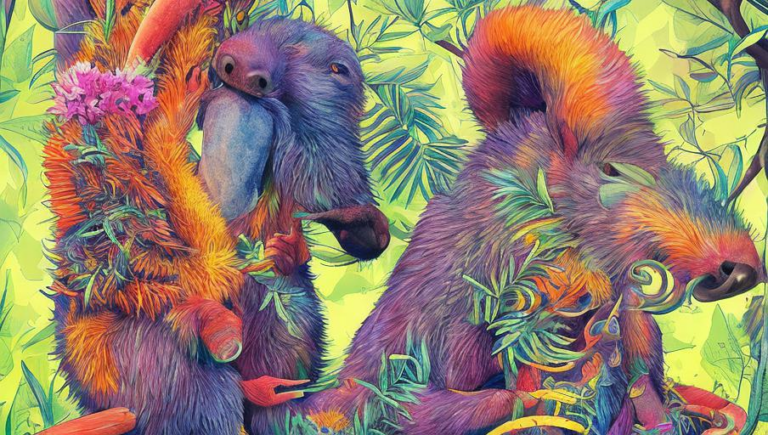Examining the Role of the Capybara in the Ecosystem
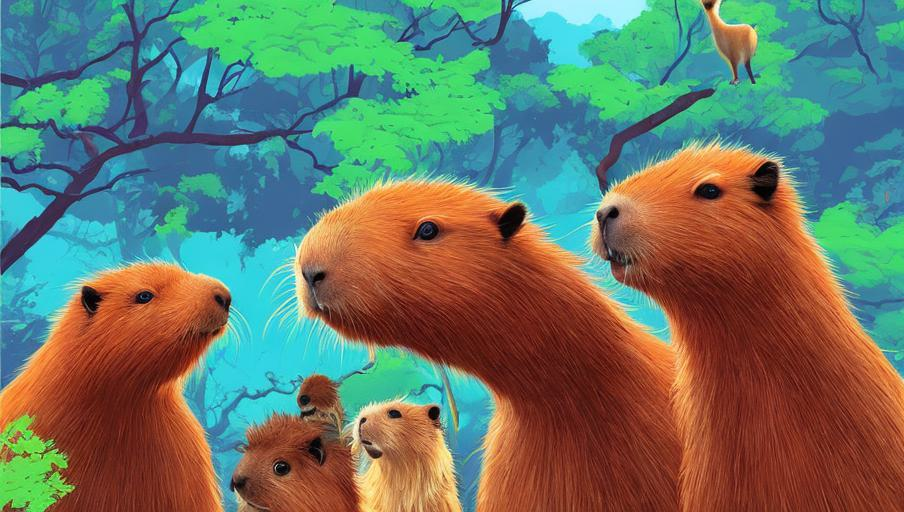
Introduction
The capybara is the largest rodent in the world and is native to South America. It is a semi-aquatic mammal, spending much of its time in the water, and it feeds on aquatic vegetation as well as grasses and other vegetation on land. Capybaras are social animals and can be found in groups of up to 30 individuals. They are important for maintaining healthy wetlands and aquatic ecosystems, providing a source of food for other animals and helping to spread plant seed and contribute to soil health.
The Benefits of Wetlands
Wetlands provide numerous benefits to the environment, from providing habitat for wildlife to filtering and storing water. Additionally, they can help to mitigate the effects of climate change by absorbing large amounts of carbon. Capybaras play an important role in these ecosystems by helping to maintain healthy water levels and quality. They eat aquatic vegetation and graze on land, which helps to keep the wetlands in balance and prevent the overgrowth of certain plants.
Capybara as a Food Source
Capybaras are an important source of food for other animals. They are hunted by jaguars, caimans, and anacondas, and their meat is also eaten by humans in some parts of South America. Additionally, their fur is used to make clothing and other items. By providing food for these predators, capybaras help to maintain the balance of the wetland ecosystem.
The Role of the Capybara in Soil Health
Capybaras also play a role in keeping the soil healthy. As they graze on land, they help to spread plant seed and contribute to soil health. Their grazing also helps to prevent the overgrowth of certain plants, which can lead to soil erosion. Additionally, their burrowing helps to aerate the soil and increase its fertility.
Conclusion
The capybara is an important species in the South American wetland ecosystem. They help to maintain healthy water levels and quality, provide a source of food for other animals, and contribute to soil health. They are an integral part of the wetland ecosystem and their presence is essential for its health and balance.
